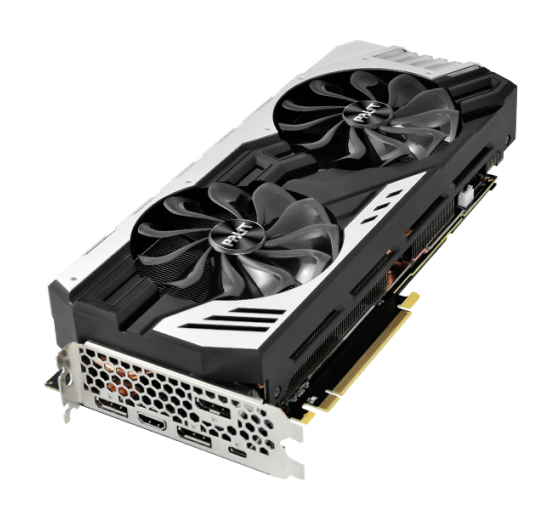The only reason for this "not bad thing" is the release of Navi .Wait... isn't that what AMD was doing since every release post HD7970? Maxwell? "Here, have this rebrand" And isn't Navi the exact same thing?
GPUs are supposed to devalue fast, if they do not, it means progress is stalling. That is what we've been looking at post-Pascal to present... 1080ti performance still sells for about MSRP.
This SUPER feels a bit like a Kepler refresh to me. Not a bad thing IMO, more cards = lower prices.
You may have had to wait 1-2 years to see a "real" refresh or 3 years for a new thing from Nvidia. While AMD were refreshing actually because they weren't able to make new cards because they had to focus on CPU segment and on console graphics AND this mining thing just saved AMDs ass in recent years or they'd had very tough period.
Last edited:








